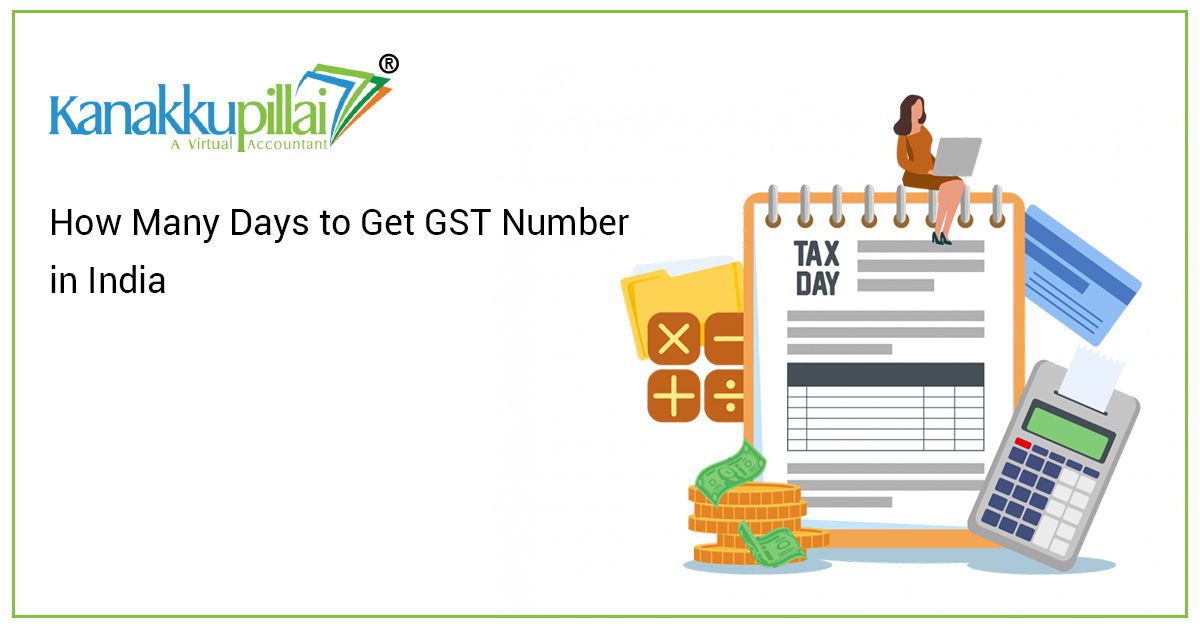GST is the Goods and Services Tax, which unifies the indirect tax applicable on the supply of goods or services or both done by the business entities or owners of the business. This was established by unifying various taxes, including Service Tax, VAT, Central and State Sales Tax, and several other taxes levied on goods sold in the country, with the intention of bringing uniformity and simplicity to the levy and collection of taxes.
For taking registration under GST, it is essential that the business owner or supplier computes the aggregate turnover earned by him and ensures if the same is crossing or exceeding the threshold limit of exemption, as given in the GST Act. The threshold exemption, as specified by the GST Act, is as follows:
– In the case of the supply of Goods:
If the turnover is exceeding INR 40 Lakhs in case of a supply in the Normal Category States or
If the turnover exceeds INR 20 Lakhs in the case of a supply in the Special Category States.
– In the case of the supply of Services:
If the turnover is exceeding INR 20 Lakhs in case of a supply in the Normal Category States or
If the turnover exceeds INR 10 Lakhs in the case of a supply in the Special Category States.
For the GST Act, the special category states shall include the following:
- Arunachal Pradesh
- Assam
iii. Jammu & Kashmir
- Manipur
- Meghalaya
- Mizoram
vii. Nagaland
viii. Sikkim
- Tripura
- Himachal Pradesh
- Uttarakhand.
As per the GST Act, certain business enterprises need to take mandatory registration under GST, and if such business entities supply goods or services or both without taking registration under GST, then it shall be considered as a commission of the offense, which shall also attract penalties.
Upon successful submission of the application for GST registration, it will take 2 to 6 working days in total.
Who should register under GST?
As per the GST Act, the following persons shall take registration under GST, namely:
– Individuals who were registered under the pre-tax laws of the country, which were in force prior to the establishment of GST
– A business entity or a business owner earning an income or turnover exceeding the threshold limit specified by the GST Act
– Non-resident taxable person
– Casual taxable person
– Input Service Distributor (ISD)
– Agent of a Supplier
– Those liable to pay tax under the RCM or the Reverse Charge Mechanism
– E-commerce operator
– Individuals making supplies using an e-commerce platform
– A person who is making the supply of online information and database access or retrieval services located outside India to a person who is located in India.
Documents required for GST Registration
The following are certain documents that should be submitted on a mandatory basis for getting an easy registration under GST:
– Copy of PAN of the applying person
– Copy of Aadhar Card
– Business Incorporation or Registration Certificate
– Identity and address proofs of the promoters or partners of the business
– Copy of the address proof of the premise of the business
– Bank Account Details like Bank Account Statement, Cancelled Cheque, or First page of Bank Passbook
– DSC or Digital Signature Certificate
– Copy of Board Resolution or Letter of Authorization for appointing Authorized Signatory.
Using an Aadhar Card for Registering under GST
A business owner who wants to register under GST to pay taxes on time, file returns, and comply can easily do so by using their Aadhaar details or number. This would enable him to obtain the registration without requiring any physical verification. The approval shall also be granted within three working days.
In normal circumstances, the business entities would only be getting the GST registration after completion of the physical verification of place of business or the documents pertaining to the company and its promoters or partners and authorized signatory, which would take many numbers days, and this shall get extended if the GST official seeks for any additional clarifications or documents. This is usually done by the GST Authority to keep fraudulent entities and individuals out of the GST mechanism, such that there is a transparent and neat system established in the country.
So, when the applicant opts for authentication using Aadhaar details, it can facilitate the granting of registration for the applicant, making it easier and faster, as it would only take 3 days then. In the event that registration cannot be granted, a notice of rejection will be issued to the applicant. An applicant can complete the authentication process using Aadhaar by opting for verification through a link generation, which will be sent to the mobile number and email address provided by the applicant during registration. Once this is clicked, it will lead to a page where the Aadhaar details should be filled out, resulting in the generation of an OTP to the email address and mobile number registered or linked to the given Aadhaar number.
Once the person or applicant correctly fills in the OTP, it will be authenticated and completed, thereby making the registration process easier and faster.
Thus, we can now conclude that any applicant looking to get an easy registration under the GST Act should use the Aadhar authentication so that they get the same granted within three working days. And if they choose the physical verification, it will take more than 3 days and may even extend to 7 or 21 working days, making the process complicated.





